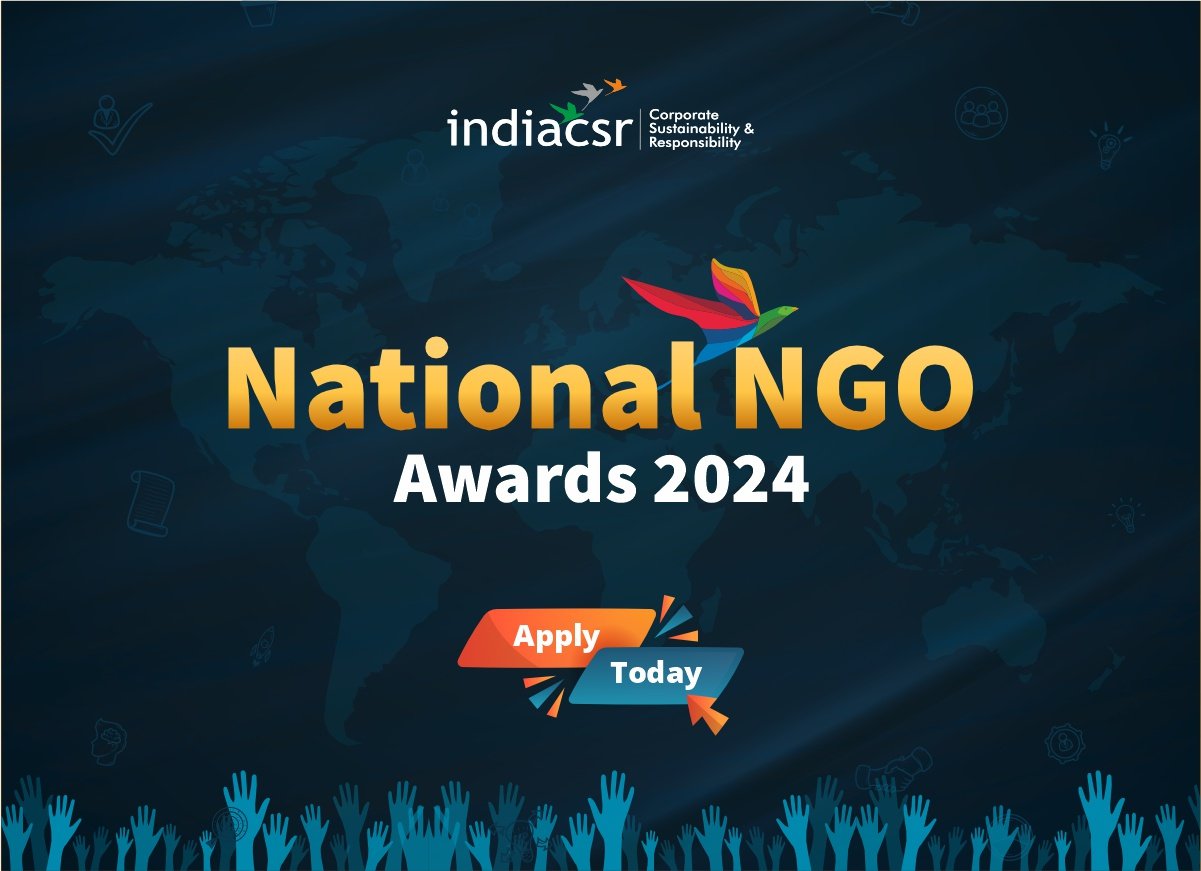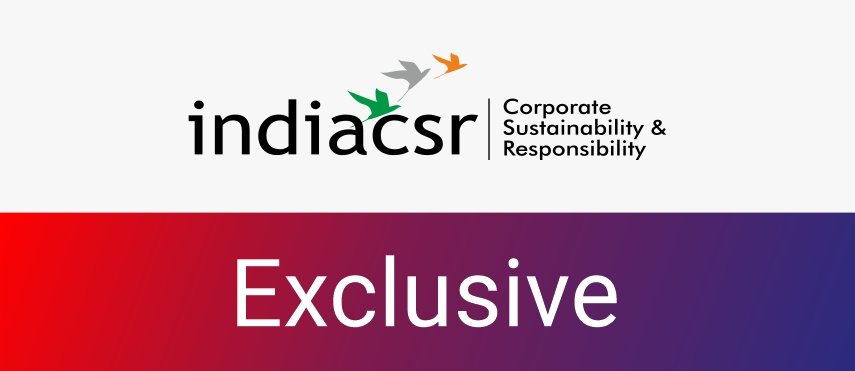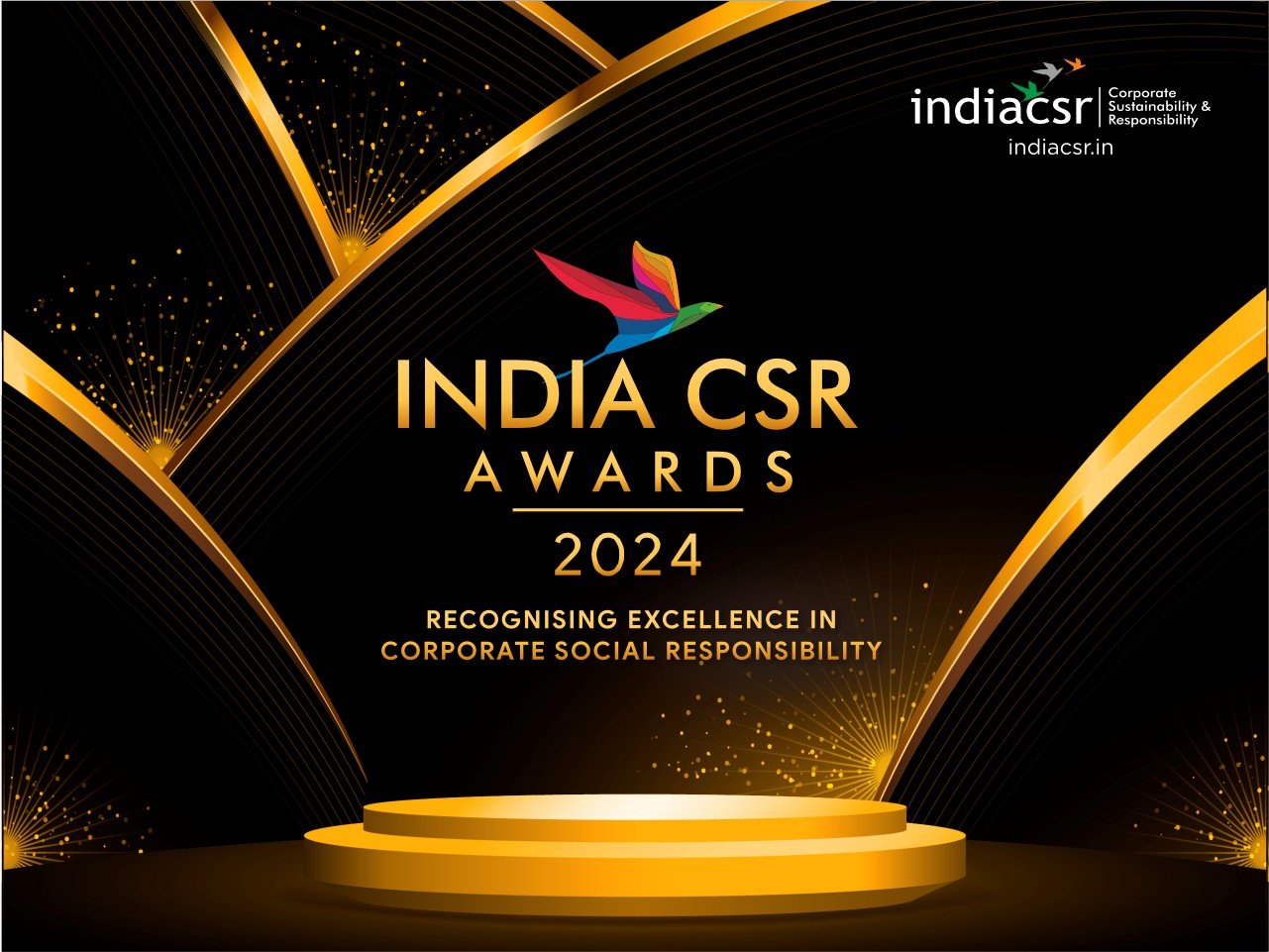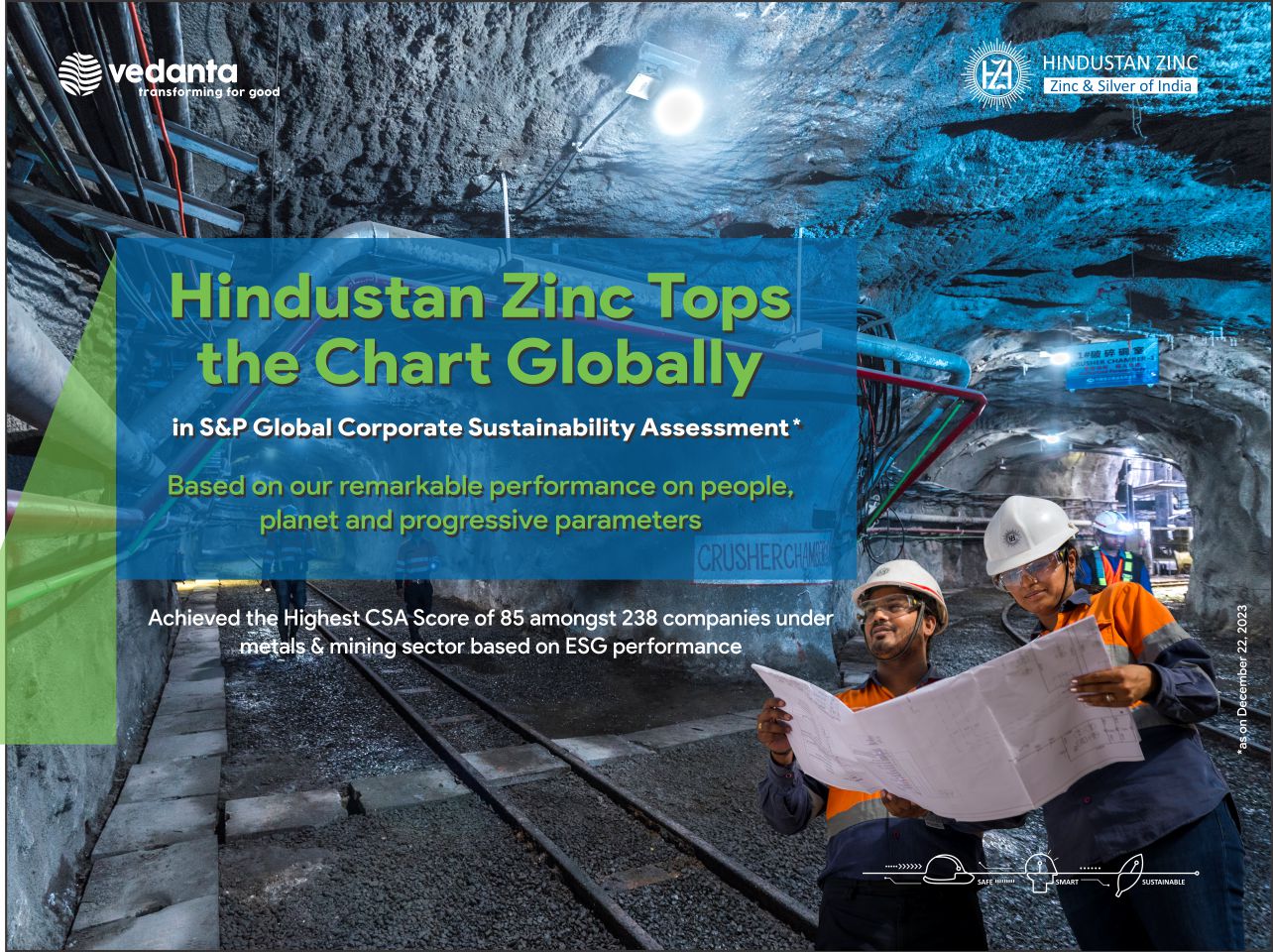The gender gap in India has consistently hindered women from entering and succeeding in the workforce.
*****
The gender gap in India has been a persistent hurdle for women to enter and thrive in the workforce. This is a result of a combination of various factors, including social biases and infrastructural failures, which have held women back over the years. Notably, there has been a marked improvement in women’s participation in the workforce over the past several years. In the last three decades, women’s formal labour participation in India has fallen to 20% in 2019 from around 25% in 1990.
However, the latest results of the Periodic Labour Force Survey (PLFS), released by the Labour Bureau in October 2023, showed a considerable increase in the participation of women, with the rate standing at 37% in 2022-23. India continues to rank low on the Global Gender Gap report from the World Economic Forum (WEF). In the latest report, the country has been ranked 127 out of 146 countries. India’s overall score did improve in 2023 by 1.4 percentage points and eight positions compared to the 2022 report.
In order to efficiently bridge this consistent gender gap and support women in entering and succeeding in the workforce as professionals and entrepreneurs, several strategies can be adopted. There is a need to create change at several levels, both systemic and social. Let’s explore the issues that contribute to the continuing gender gap in the country, and the strategies that can be implemented to overcome them.
*****
Gender gap hurdles for women entrepreneurs
Women-led businesses have always had the odds stacked against them in the form of prejudices and biases in the entrepreneurial MSME segment. They find it difficult to start their businesses, and scaling them is even more challenging. Out of 20% of the women-led small businesses over 80% are in the micro segment and roughly 4% are the medium segment. The pandemic has made it even more challenging for such businesses, as the credit gap is hindering ability to scale.
Currently, there are 8 million micro enterprises led by women in the country, and they face a credit deficit of over $158 billion. Disadvantages in terms of acquiring funding and higher interest are widening the gap further. In addition to this, women entrepreneurs encounter other challenges related to unconscious gender bias and general social barriers. According to studies, it is estimated that 90% of women entrepreneurs do not have access to finance from formal financial institutions, yet women entrepreneurs have performed better than their male counterparts. Women tend to face a far higher percentage of loan rejections compared to their male counterparts, even though they have a better track record in terms of repayment.
*****

Tapping into the potential of women
In the Indian MSME sector women-led businesses are about 20.37% and contribute around 23.3% of the labour forces. There are 13.5 to 15.7 million businesses owned by women that provide employment to 22-27 million people. They are considered as the backbone of the Indian economy. It is also estimated that the national economy could add up $770 billion which is 18% more to the global GDP by 2025 with increased participation of women in the labour force. With an increase in the number of startups and adoption of inclusive work culture, it is expected that women-led business will grow 90% in the next 5 years.
In a country where the benchmark set for women is limiting themselves to managing household responsibilities,things have developed to a great extent where there are currently 15.7 million women-led businesses. This shows that women can grow exponentially and could be a huge game-changer for the MSME sector, if they are supported with the right policies and financing.
*****
NBFCs leading the charge
The traditional lending landscape has been skewed against women due to a variety of reasons, from unconscious biases to lack of accessibility. However, the tides are now turning, with the advent of new-age lenders like fintech NBFCs who actively help with business loans for women. These entities have more lenient eligibility criteria for loans, greater accessibility facilitated by technology, and some have even devised ways to make the loan decisioning process free of gender bias.
These measures are actively making financial services, particularly credit, muchmore easily accessible for women entrepreneurs. Women can now tap into financing support to fund their business growth plans, and can even take advantage of products and services tailored to their needs. Another important aspect of this shift is financial literacy, which is also being driven by the ecosystem, although a lot more remains to be done.
*****

Significance of financial literacy and awareness
One often overlooked aspect of expanding the reach of financial services and formal credit to women is financial literacy. Lack of awareness is one of the major reasons why women entrepreneurs remain outside the ambit of these services. For them to be able to properly utilize these services and benefit from them, they need to be made aware of the nuances of what’s on offer and how they can make the most of it.
The financial literacy gap is quite stark in India, compared to global standards. However, even within that, women are well behind men with 27% of men in India are financially literate, but only 20% of women. This results in women entrepreneurs missing out on opportunities to access formal credit and opting for informal sources like moneylenders, which has the potential to land them in financial trouble. To remedy this, there needs to be a concerted effort of the part of the government as well as industry bodies and lenders to educate women about financial products and services. Better representation of women in leadership and decision-making roles in the finance industry can also be an effective way to drive this change.
*****

Role of tech innovation
Digitization has a huge potential in a country like ours, where access is often subject to biases. The inroads that we have made with the adoption of technology, such as learning apps, payment apps, have opened up many doors for women especially in Tier-2 and Tier-3 cities. Access to vital tools like financial services enable them to chart their own paths in terms of education, careers, and entrepreneurship. However, there remains a significant gender gap with access to formal credit, for personal or business needs.
Despite India having one of the fastest fintech adoption rates at 87%, more than 90% of women entrepreneurs in India rely on informal sources of funding because access to credit is very challenging. It is crucial to continue leveraging it for greater accessibility for women across the board, so that gender biases can be shattered, and positive systemic changes can be brought about for future generations of women. This has the potential to pave the way for women to gain more financial autonomy and visibility in society. MSME Loan opportunities could accelerate this by multiple folds.
*****
Conclusion
Gender parity in the workforce has the potential to significantly boost the Indian economy, and a major portion of this can be driven by women-owned MSMEs. However, the gender gap in terms of accessing and properly utilizing capital holds back women MSME entrepreneurs from reaching their full potential in terms of growth and contribution to the economy as a whole. To remedy this, there is a need for the ecosystem to create women-oriented loan products and drive financial literacy to facilitate adoption. There also needs to be continued tech innovations that can be leveraged to continue driving this change. With proper access to formal credit, women-owned MSMEs can transform women’s participation in the workforce and unleash vast potential for the Indian economy.
*****
Copyright@IndiaCSR
























